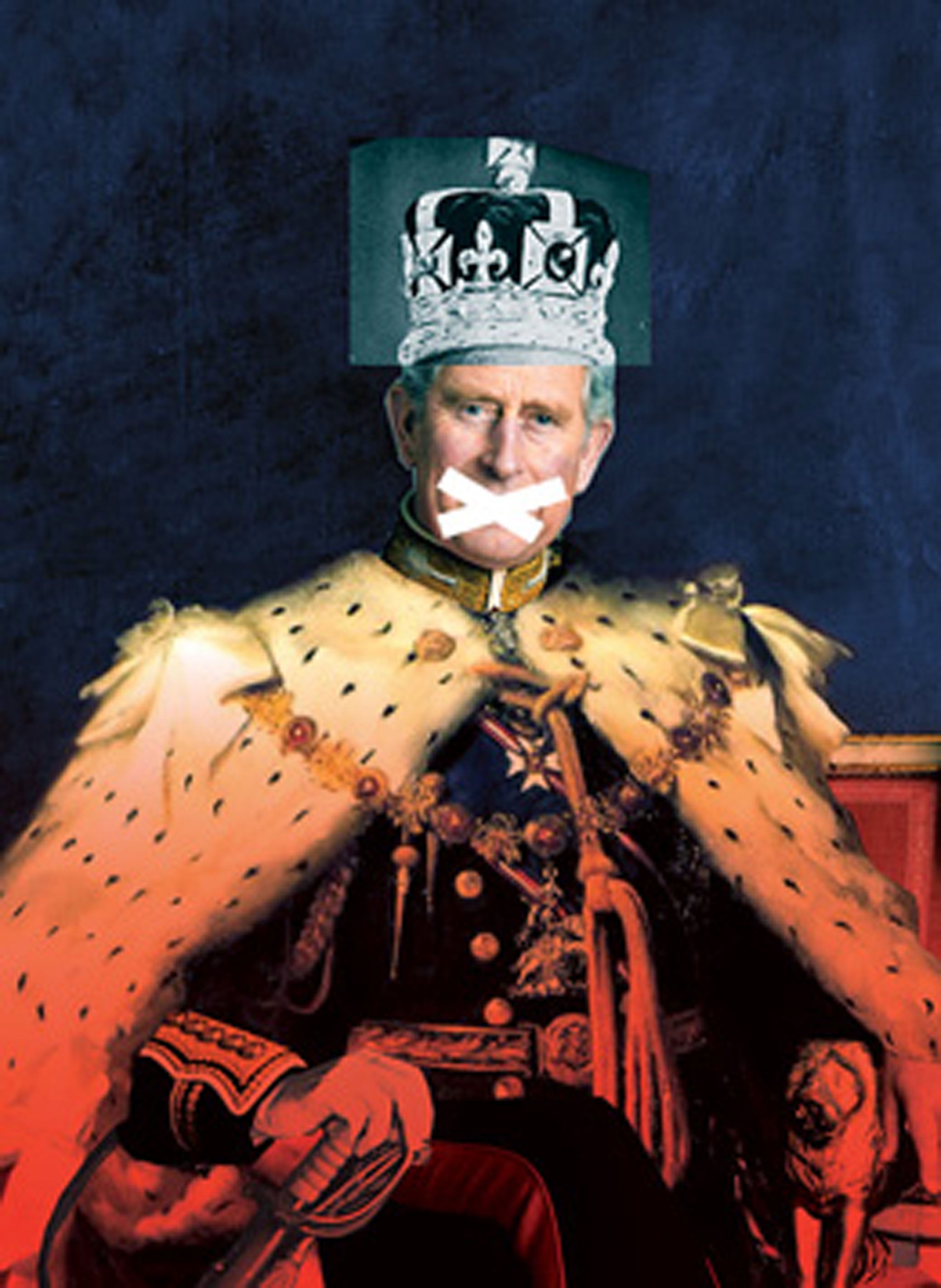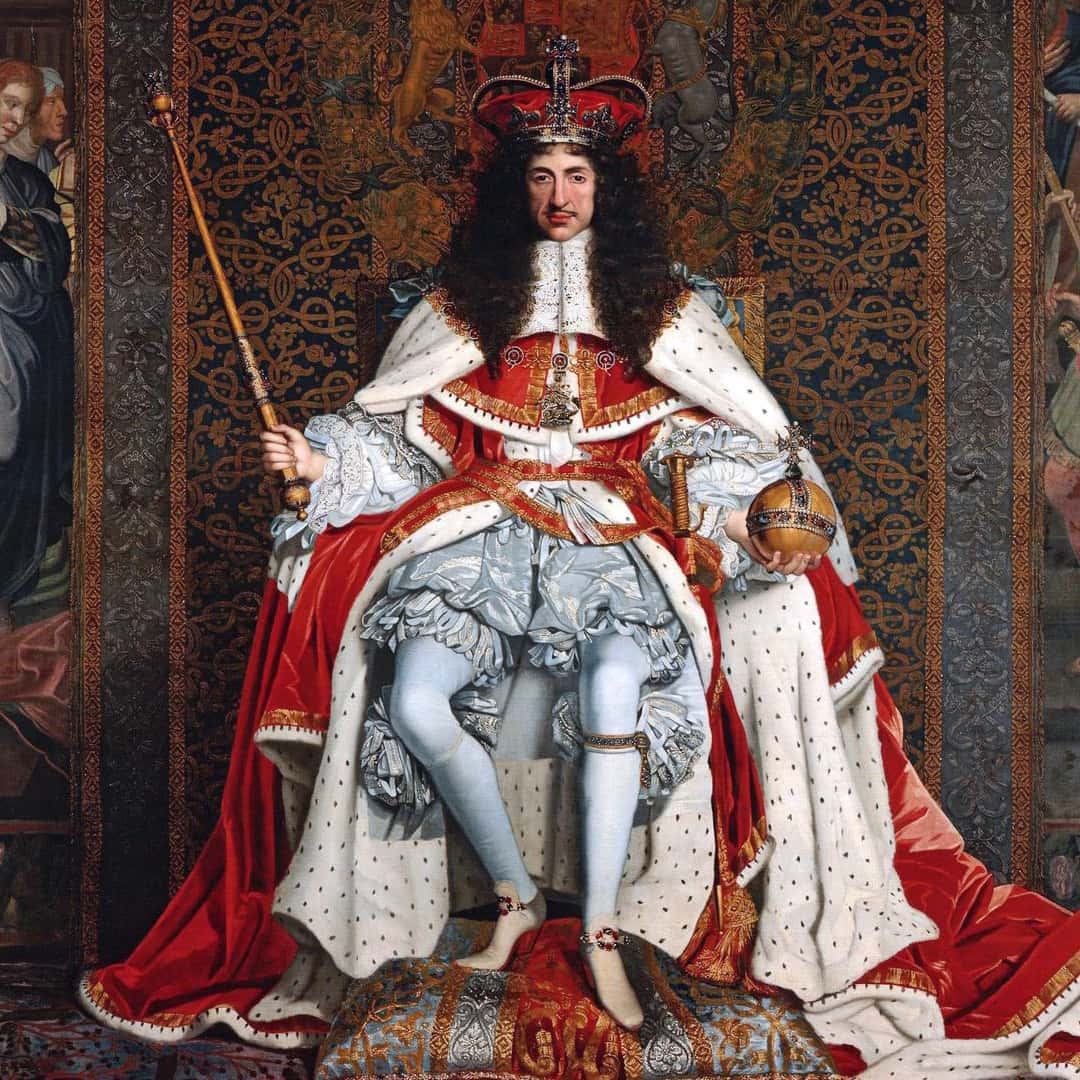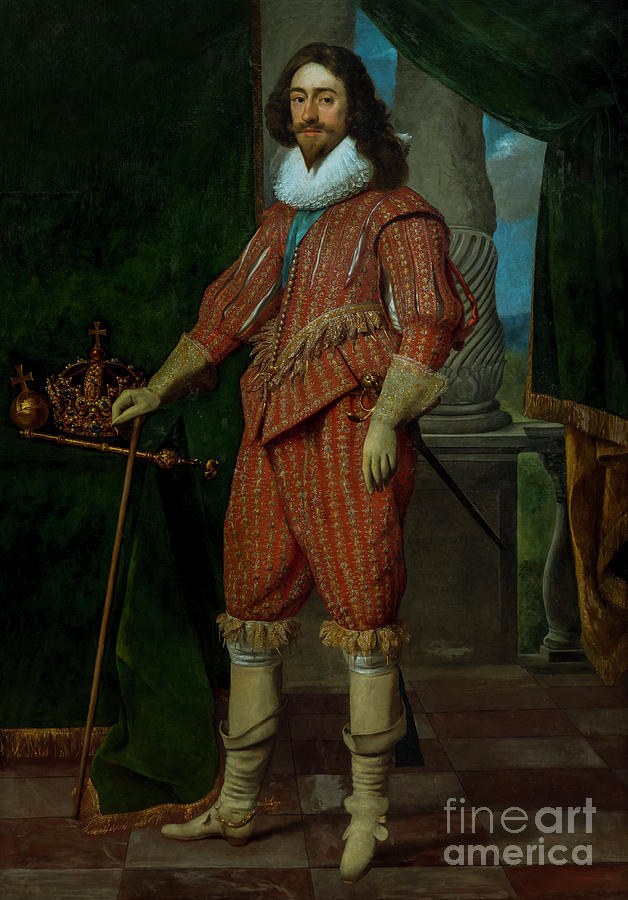

He appointed William Laud as the Archbishop of Canterbury. King Charles believed in the elaborate and ritualized form of Anglican Church worship. In the minds of the people, all this added up to the King’s misuse of power during the period of his personal rule. To add further unpopularity, the King used the ‘Star Chamber’, which was initially supposed to be a court of appeal but in reality was the opposite, to torture his opponents and suppress dissent. These unpopular measures, coupled with his controversial religious policies, alienated even his ardent supporters among the nobility. However, without a Parliament, King Charles had no means to legally enforce taxes and had to resort to obscure and unpopular methods to raise money, such as forced loans, sale of commercial monopolies and ship money. By 1635, with increasing trade and commerce, the finances of the country were in good shape. Charles made peace with Spain and France in 1630. Initially it was successful and the people enjoyed a measure of peace and prosperity. The King’s personal rule lasted eleven years and was known as the “Eleven Years’ Tyranny”. The King declared that henceforth he would rule the country alone.

Charles responded by dismissing the third parliament in 1629 and imprisoning many of his opponents. The Duke of Buckingham was assassinated in 1628 and the King’s critics stepped up their opposition. The Duke’s disastrous military misadventures and the King’s religious policies had alienated the King from the Members of Parliament and the common people. Though he reluctantly accepted the petition, he paid only lip service to its provisions. In 1628, Charles detractors forced him to accept the Petition of Rights, which prevented arbitrary use of the King’s powers. However the need for funds for his war agenda forced him to call a third Parliament. When the Parliament tried to impeach the Duke, Charles dissolved the Parliament on two occasions.
King charles of england series#
The Duke used bad judgment and launched a series of wars against Spain and France as a means of indirectly helping Frederick and Elizabeth to regain the Palatinate. King Charles I allowed England’s foreign policy to be directed by a deeply unpopular Duke of Buckingham. Though James I believed in peace and diplomacy, England had became embroiled, in what is known as the Thirty Years’ War (1618 to 1648), which was raging in Europe between the Catholic and Protestant countries. He ascended the throne at a time when there was great pressure from Protestants to take up arms against the Catholic powers of Europe, mainly Spain. King Charles I succeeded his father King James I as the second Stuart King in 1625. Frederick was defeated in battle and exiled from the Palatinate. This was the trigger for the Thirty Years’ War which engulfed Europe. Protestant nobles chose Frederick and Elizabeth to be the King and Queen of Bohemia, over the claim of the Hapsburg Emperor. His sister Elizabeth was married to Frederick V, the Elector of the Palatinate, a leading state in the German Protestant Union.

His tastes were sophisticated and he had an innate belief that a King ruled the country by “divine right.” Though born weak, Charles used tremendous will power to overcome his shortcomings and became skilled at riding and hunting. Charles and his sister Elizabeth mourned the loss of their beloved brother, and this created a deep bond between the siblings, a bond which was to have deep political ramifications over the years. Henry died when Charles was only 12 years old. In his childhood, Charles hero worshipped his brilliant elder brother Prince Henry. In 1603, after the demise of Queen Elizabeth I, his father succeeded to the throne of England as King James I. Early YearsĬharles was the second son of King James VI of Scotland and Princess Anne of Denmark. King Charles I (to Jan 30, 1649) is remembered in history as the King whose obstinacy led to his execution and brought down the Monarchy, which turned England briefly into a republic.


 0 kommentar(er)
0 kommentar(er)
